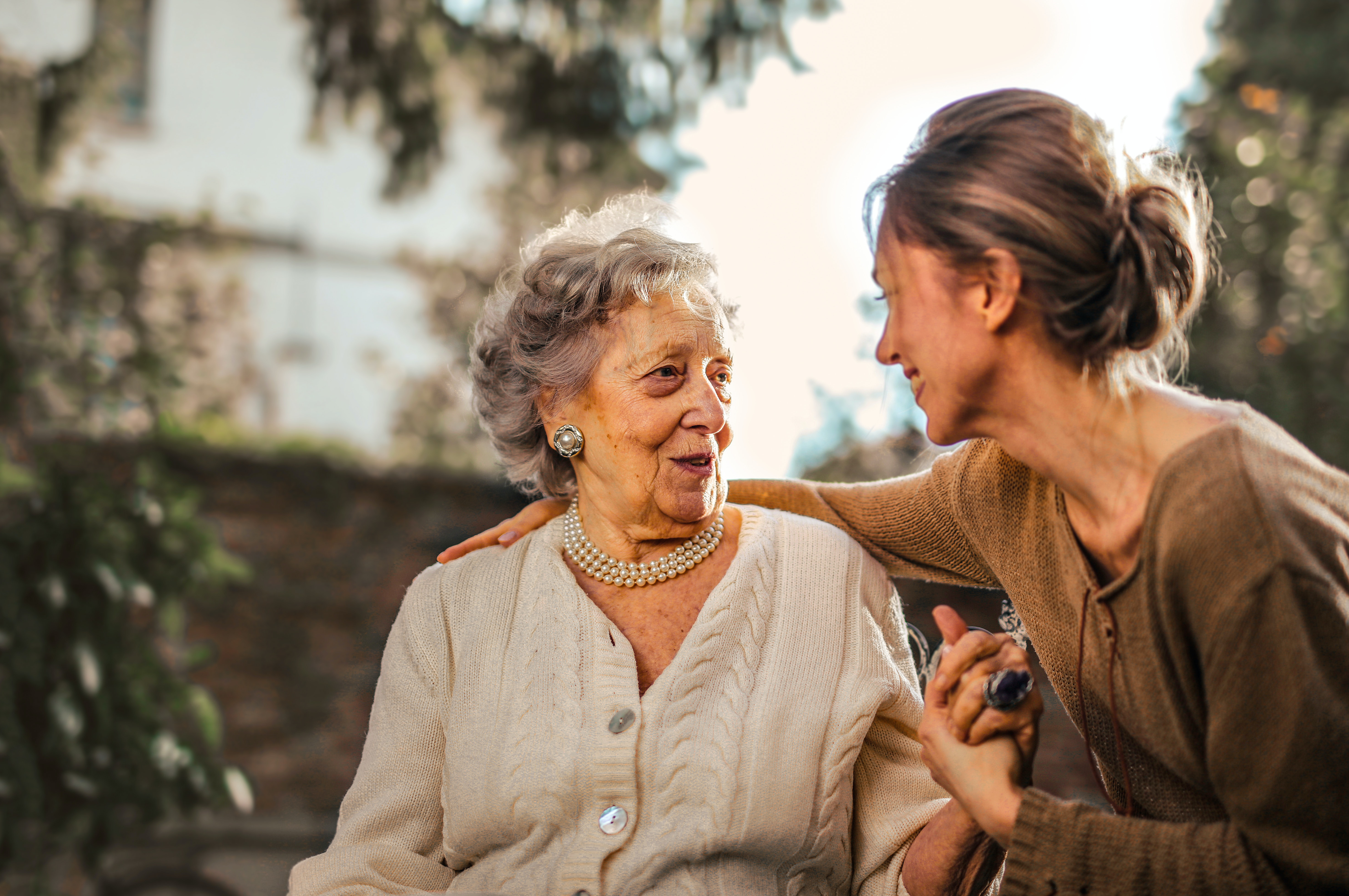People all over the United States, and especially those of us whose careers are predicated on advancing the care of vulnerable older adults, have watched in horror as the Covid-19 pandemic has ravaged skilled nursing facilities. In the span of less than 4 months, Covid-19 has killed around 1 in every 40 nursing home residents.
With skilled nursing facilities being so susceptible to Covid-19 outbreaks that threaten the lives of their residents, the importance of living well in the community with adequate supports has never been clearer. In fact, there has never been a more important time to expand at home or in-community care options for disabled people in need of long-term care.
Since the pandemic began, I have been conducting interviews and focus groups with staff at adult day service centers across the United States to understand the gaps in care that center closures related to Covid-19 have created as well as to explore innovative and creative strategies centers are using to remain connected with their participants as the pandemic continues to unfold.
Adult day centers, where I conduct the majority of my research, are non-residential facilities that support the health, social, and daily living needs of adults in a professionally staffed, group setting. Interdisciplinary staff (including nurses, social workers and program directors) have in-depth knowledge of users’ health, social, and functional status. Center staff provide vulnerable clients with culturally congruent care, health monitoring, socialization opportunities, nutrition and assistance with activities of daily living for up to 8 hours per day. Participants benefit from opportunities for engagement and meaningful relationships with staff and peers, and caregivers receive much needed respite.
Since many centers have either been mandated to close or have done so voluntarily to curb the spread of the epidemic, staff members have been working to deliver services remotely, a concept referred to as “Centers Without Walls.” They have been able to leverage their close-knit established relationships with their participants to make sure they do not have any unmet needs as well as keep them stimulated and productively engaged.
Among the many creative ideas that have been shared are:
- Developing informal tools to identify which of their participants are most at risk based on assessments of clinical and social risk factors.
- Door step check-ins where staff members drop off meals, activity packets, resistance bands for exercise, and even much coveted toilet paper
- Using telehealth to identify emergent clinical problems and coordinate clinical and social services (e.g. Meals on Wheels, provider appointments, etc.)
- Drive-by parades, featuring themes, like “Christmas in July”
- Drive-in Bingo
- Designing YouTube channels with staff doing stand-up comedy, providing musical therapy, and demonstrating exercises
- Working with the community television station to provide programming for older adults
- Taking members for walks outside their home to ensure they do not become physically deconditioned
- Using Zoom as a means for caregivers to connect with one another
While these activities do not replace the benefits of socialization that congregate settings provide, they may allow participants and caregivers the opportunity to remain connected with one another, support earlier intervention with respect to emerging clinical issues, and reduce the cognitive and physical declines staff have reportedly seen since the beginning of the pandemic. Staff have been pleasantly surprised at how adept their participants are in using technology. Greater support, both financial and political, is needed for congregate settings to ensure their survival as they navigate the waters of Covid-19. However, their value and the ingenuity of their staff has never been clearer.
View the entire HIGN July 2020 Newsletter

 Donation
Donation
